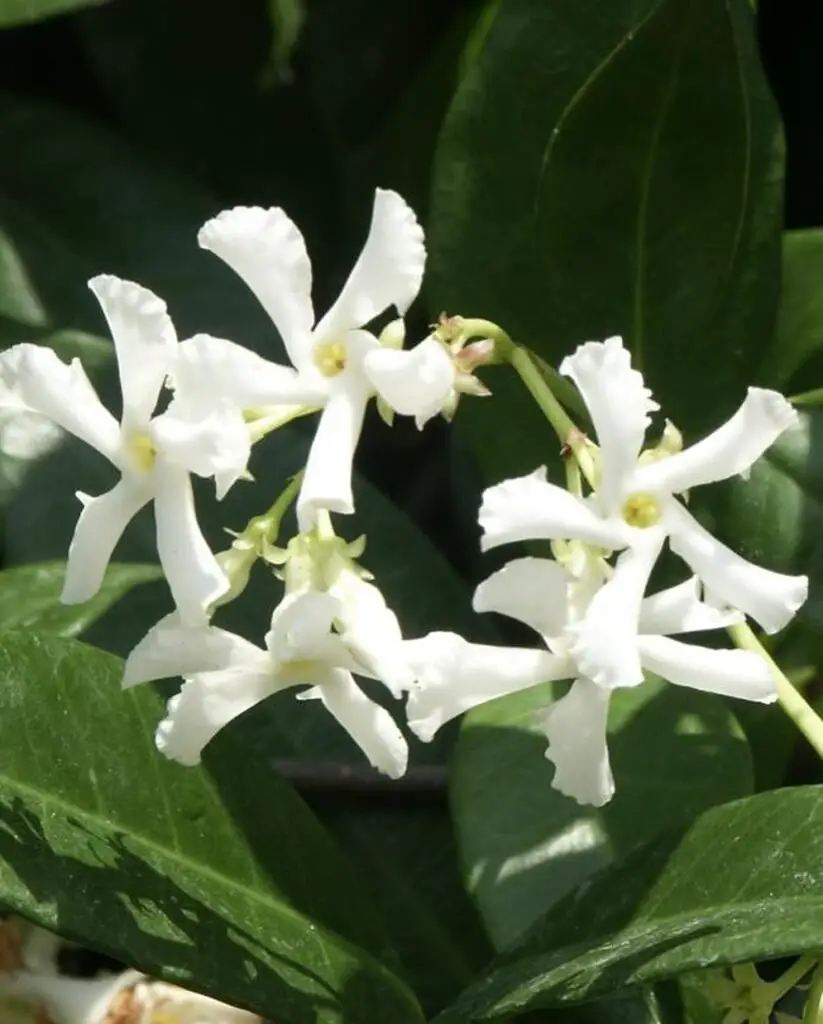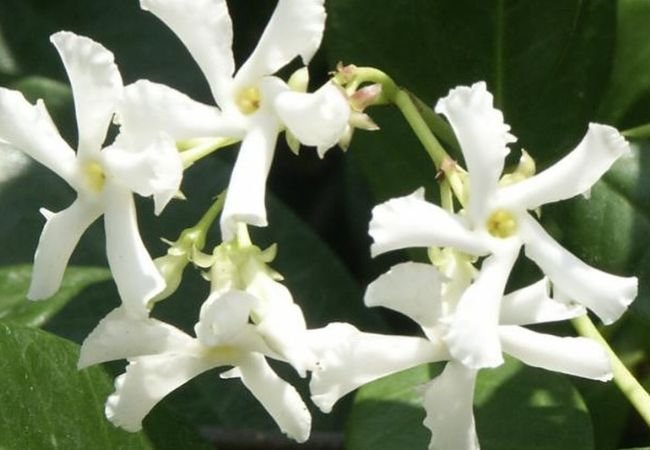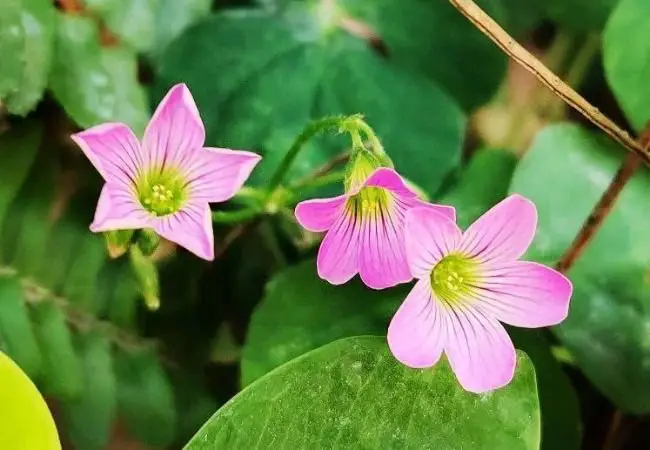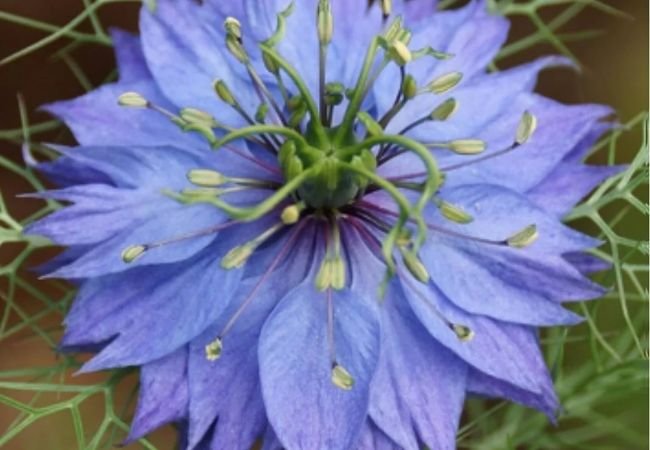Learn about Confederate Jasmine, a fragrant flowering vine perfect for southern gardens. Discover how to grow, care for and use this beautiful plant in your landscape. Get tips on solving common problems and interesting facts about this popular garden favorite.
Discover the charm of Confederate Jasmine, a fragrant flowering vine perfect for southern gardens. With its sweet scent and star-shaped blooms, this versatile plant can transform your outdoor space into a fragrant oasis. Whether you’re a seasoned gardener or just starting out, learn how to grow and care for this beautiful addition to your landscape.
Here’s an information chart for Confederate Jasmine (Trachelospermum jasminoides):
| Category | Information |
|---|---|
| Botanical Name | Trachelospermum jasminoides |
| Common Name | Confederate Jasmine |
| Plant Type | Evergreen vine |
| Hardiness Zone | Zones 8-11 |
| Sun Exposure | Full sun to part shade |
| Soil Type | Well-draining, fertile |
| Watering | Moderate |
| Growth Habit | Twining vine |
| Height/Spread | Up to 20-30 feet tall, spreads 3-6 feet |
| Special Features | Fragrant white flowers in spring and summer, attracts pollinators, drought tolerant, suitable for trellises and fences |
What is Confederate Jasmine?

Confederate Jasmine, also known as Star Jasmine, is a beautiful flowering vine loved by many gardeners. Despite its name, it’s not a true jasmine but belongs to the Trachelospermum genus. This plant is famous for its sweet smell and pretty star-shaped flowers.
Where Does It Come From?
Originally from East Asia, Confederate Jasmine has become popular in the southern United States. It grows well in warm climates and can handle different types of soil.
How to Grow Confederate Jasmine
Planting:
- Choose a spot with full sun or partial shade
- Make sure the soil drains well
- Plant in spring or fall
- Space plants 3-6 feet apart
Caring for Your Jasmine:
- Water regularly, especially when young
- Feed with a balanced fertilizer in spring
- Prune after flowering to control growth
For more detailed planting advice, check out this guide from the University of Florida.
Uses in the Garden
- Climbing Plant: Confederate Jasmine can climb walls, fences and trellises. It’s great for covering unsightly structures or creating privacy screens.
- Ground Cover: If left to spread, it can form a lush, green carpet in your garden.
- Container Plant: It grows well in pots, perfect for patios or balconies.
- Fragrant Addition: Plant near windows or seating areas to enjoy its sweet scent.
Benefits of Confederate Jasmine
- Air Purifier: Like many plants, Confederate Jasmine helps clean the air by removing toxins.
- Attracts Pollinators: The flowers draw bees and butterflies to your garden.
- Low Maintenance: Once established, it needs little care to thrive.
- Evergreen: Keeps its leaves year-round in warm climates, providing constant greenery.
Common Problems and Solutions
- Yellow Leaves: Often caused by too much water or poor drainage. Make sure your soil drains well.
- Few Flowers: Might need more sun or fertilizer. Try moving to a sunnier spot or feeding in spring.
- Pests: Watch out for spider mites and scale insects. Use insecticidal soap if needed.
For more information on plant diseases and pests, visit the USDA’s National Institute of Food and Agriculture website.
Interesting Facts
- Despite its name, Confederate Jasmine is not related to the Confederacy. The name likely comes from its popularity in the southern U.S.
- In some parts of Asia, the plant is used in traditional medicine.
- The flowers are edible and sometimes used to flavor tea.
Growing Confederate Jasmine can be a rewarding experience for gardeners. Its sweet smell and pretty flowers make it a favorite in many southern gardens. With proper care, this versatile plant can add beauty and fragrance to your outdoor space for years to come.
For more gardening tips and plant care guides, visit usagardenhub.com.






